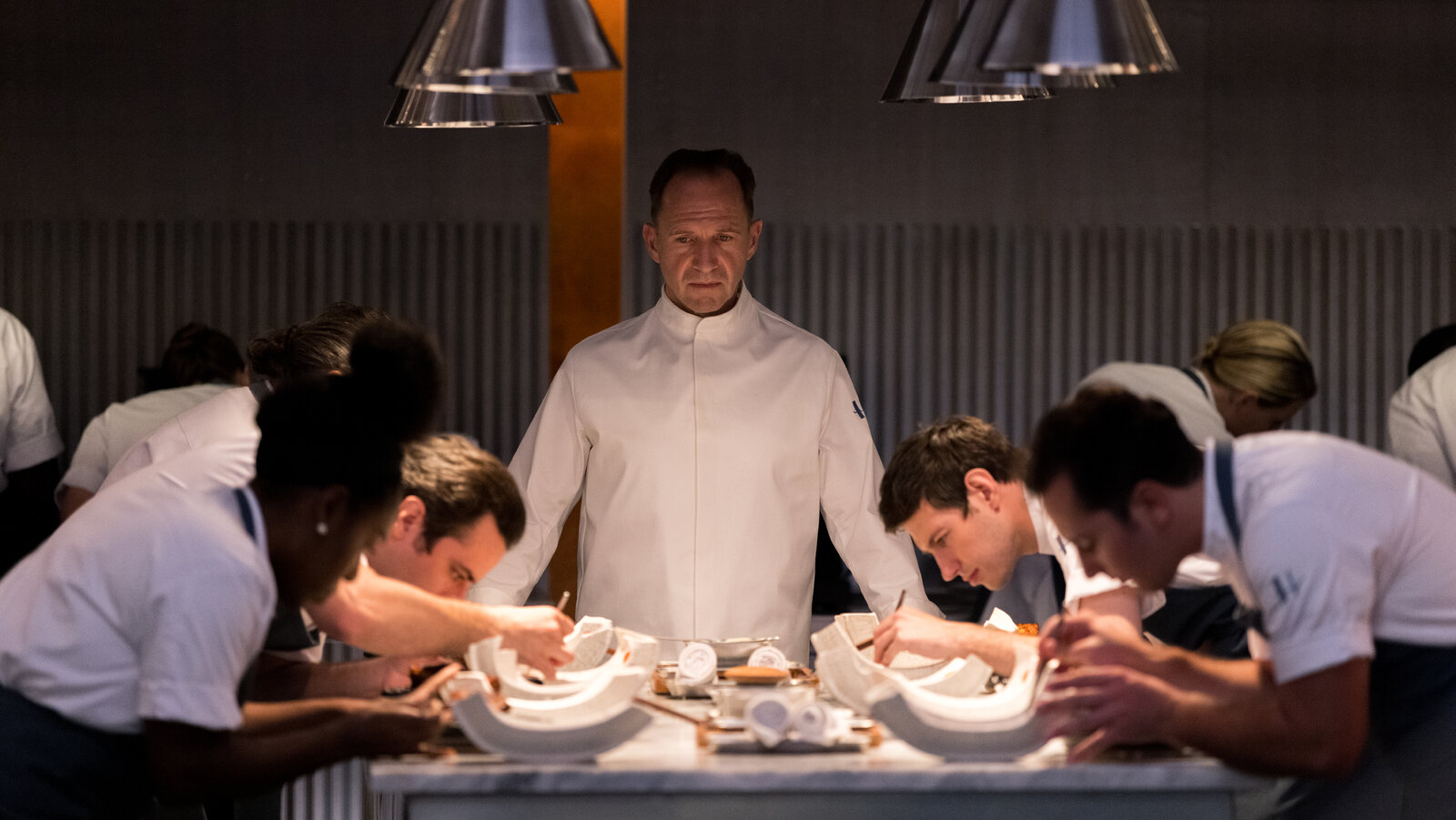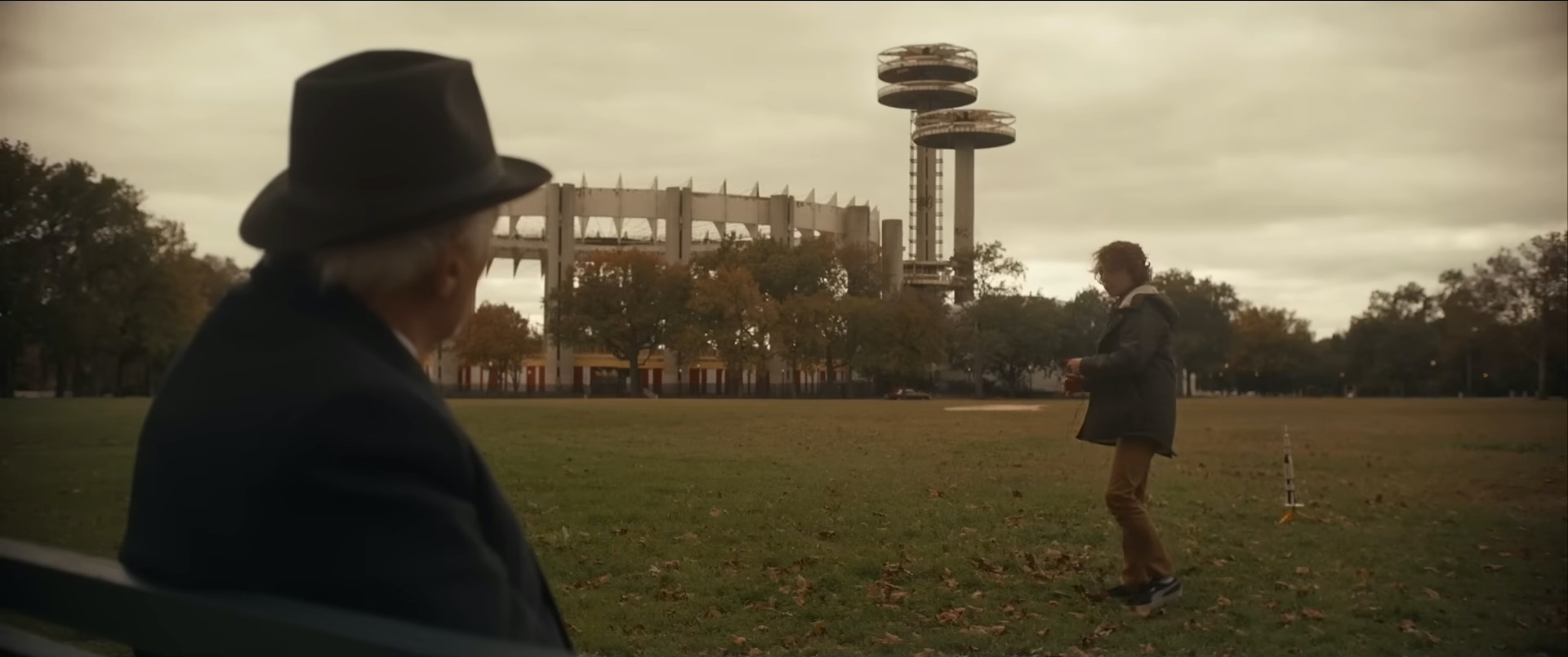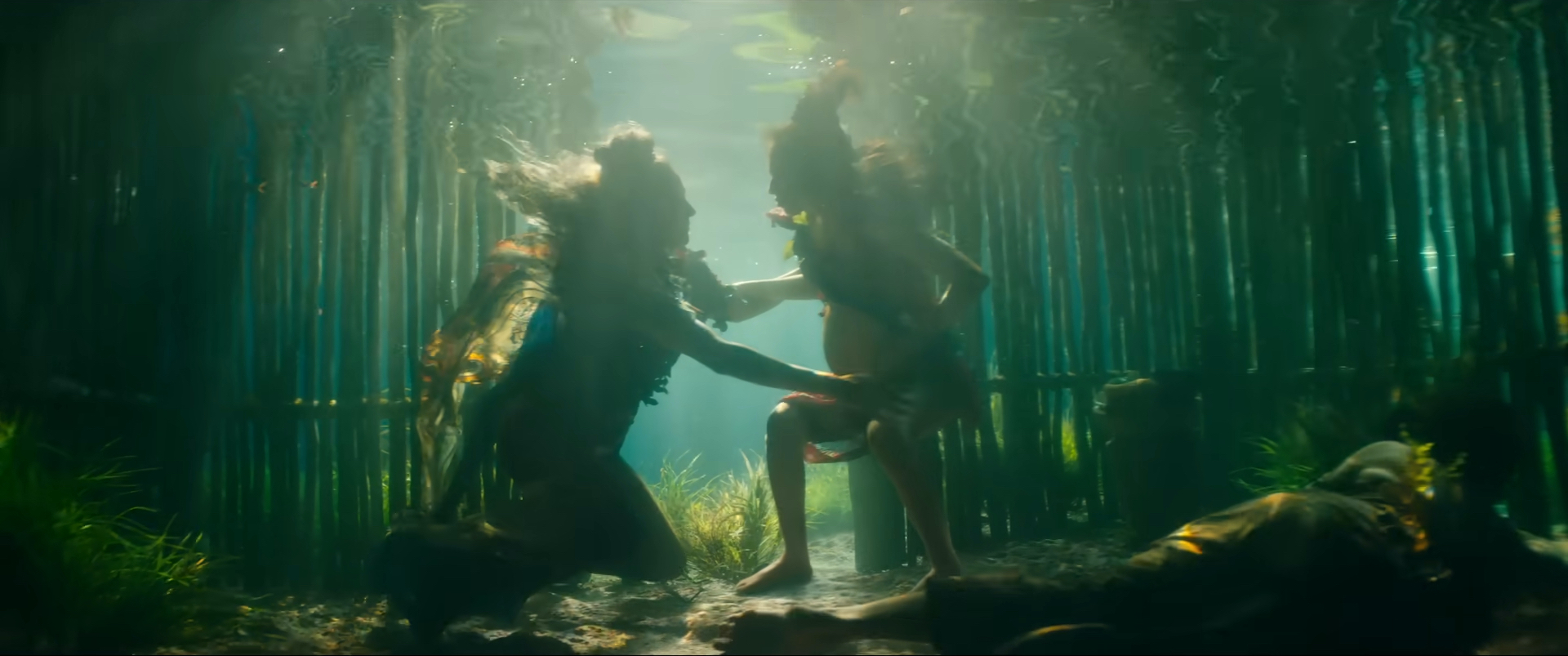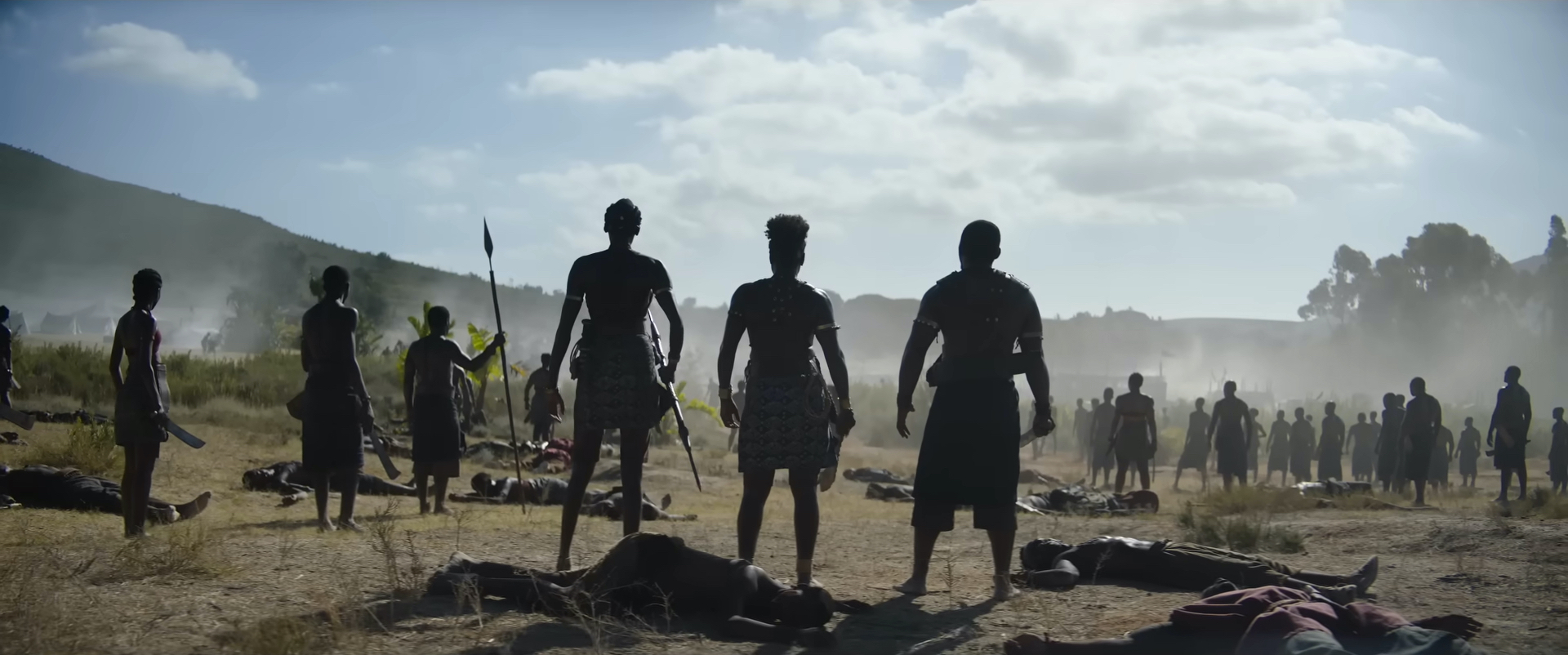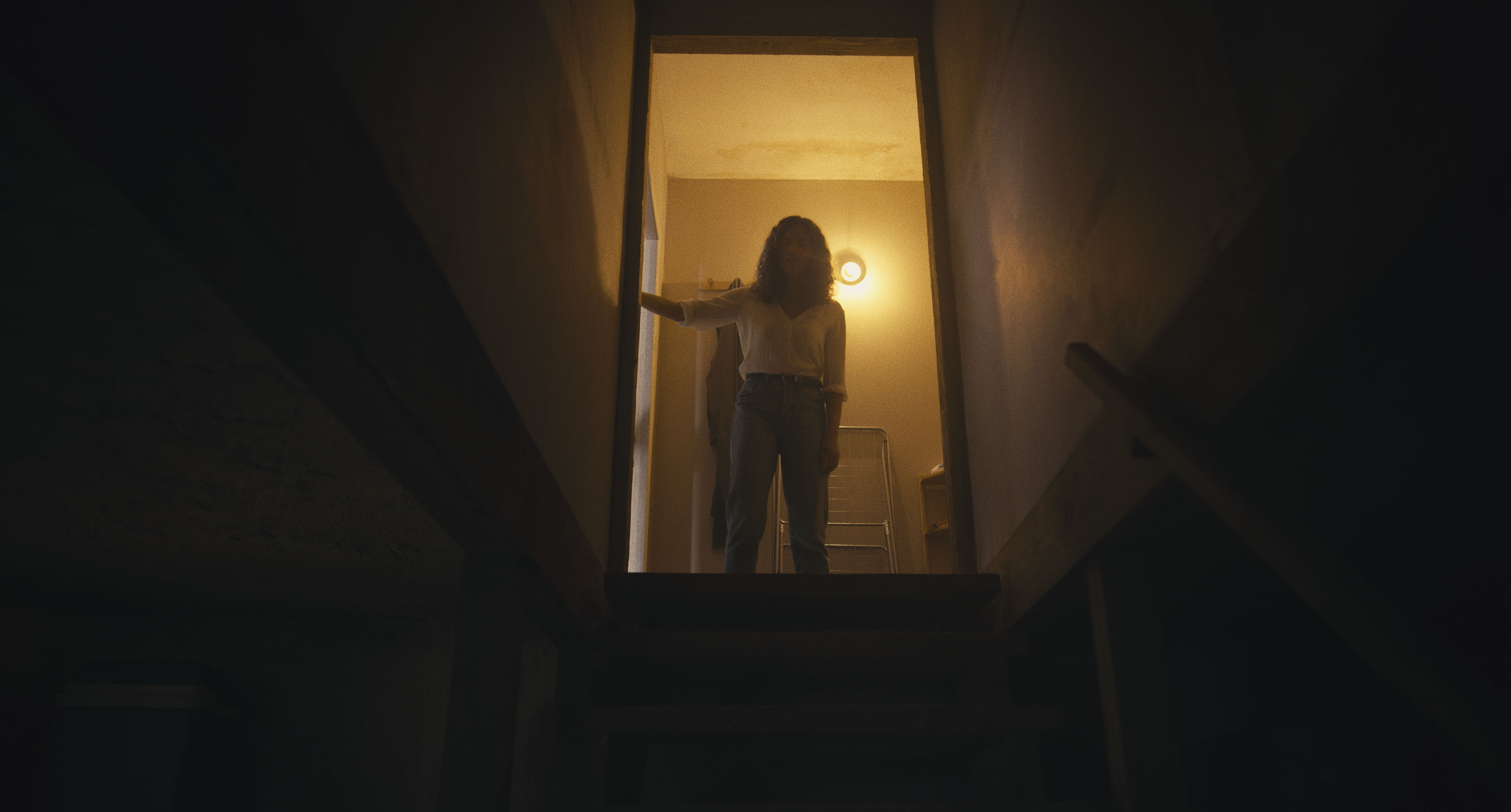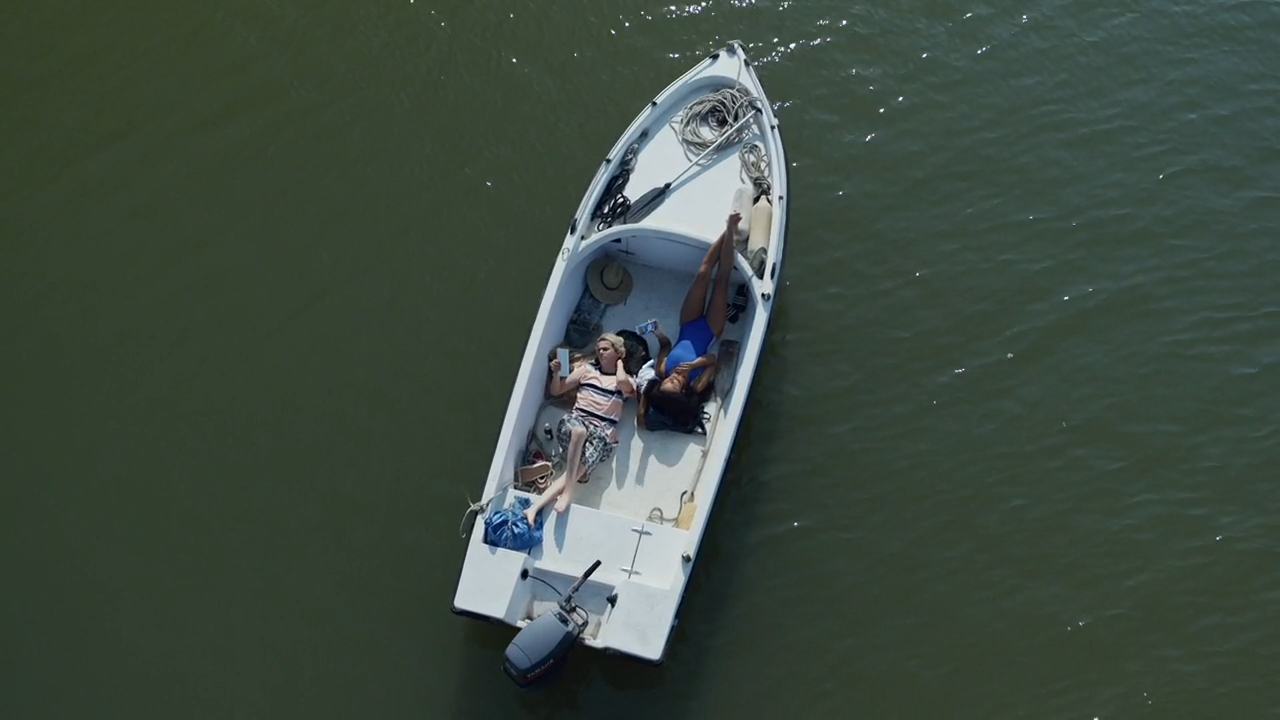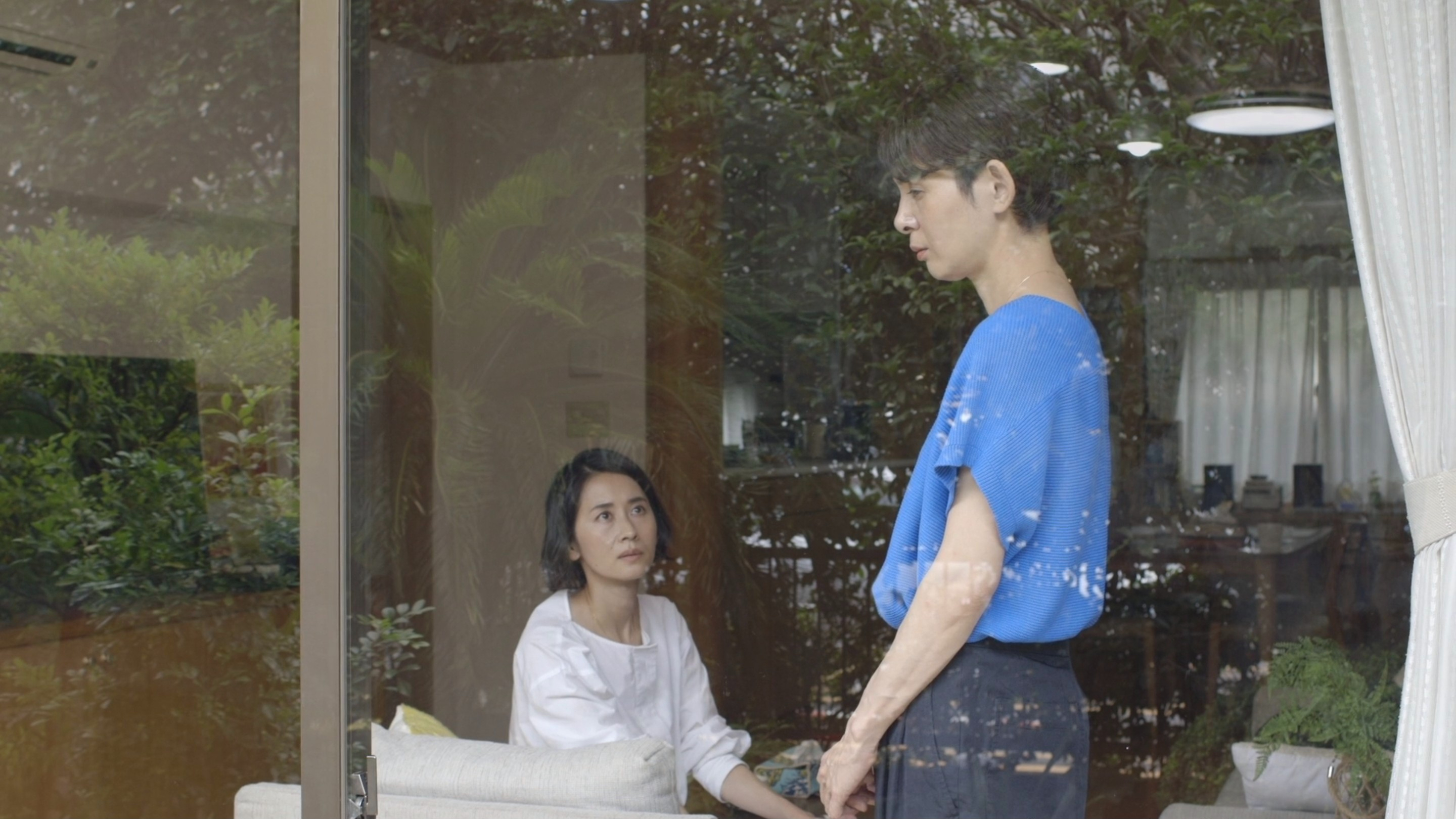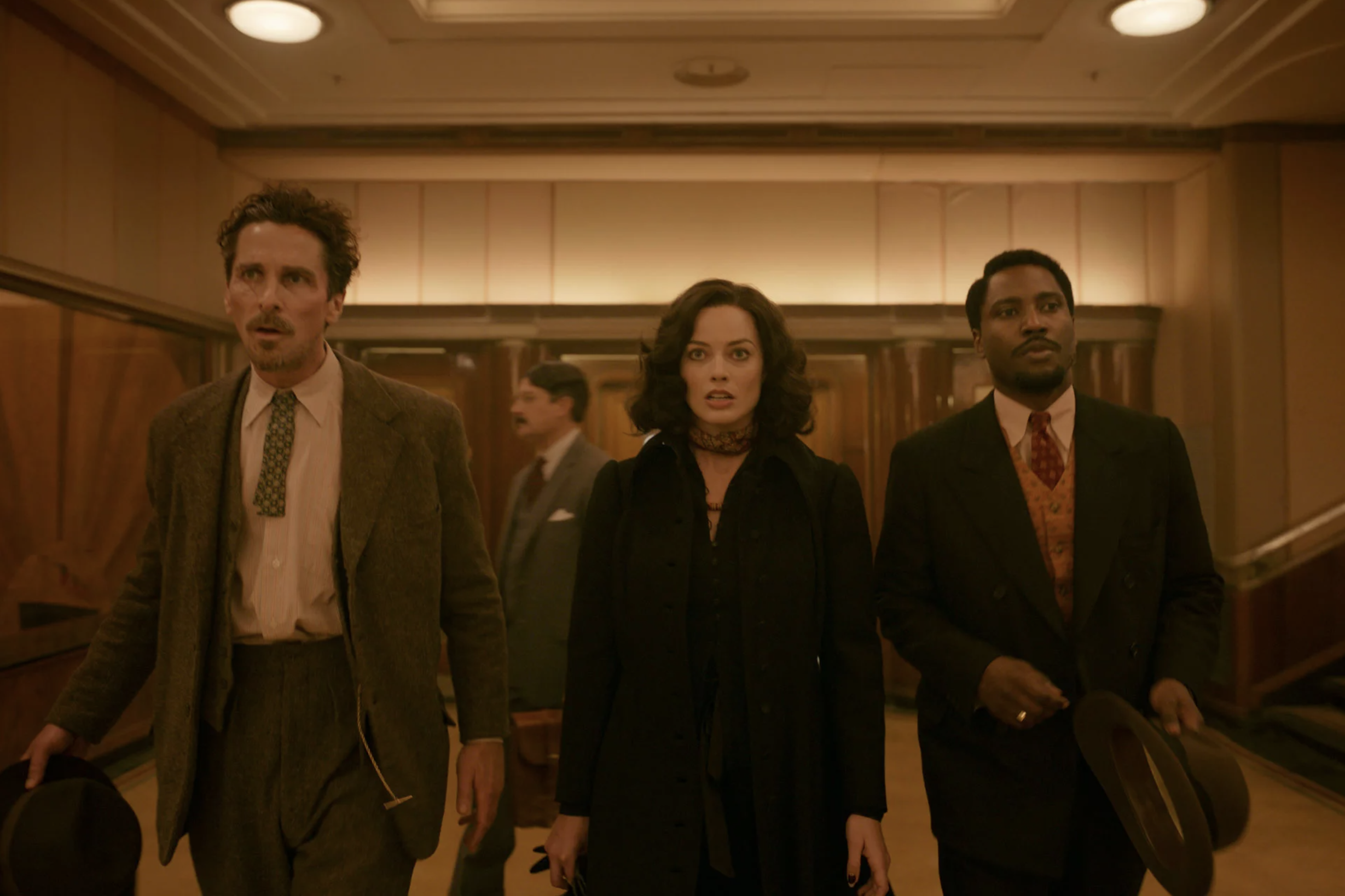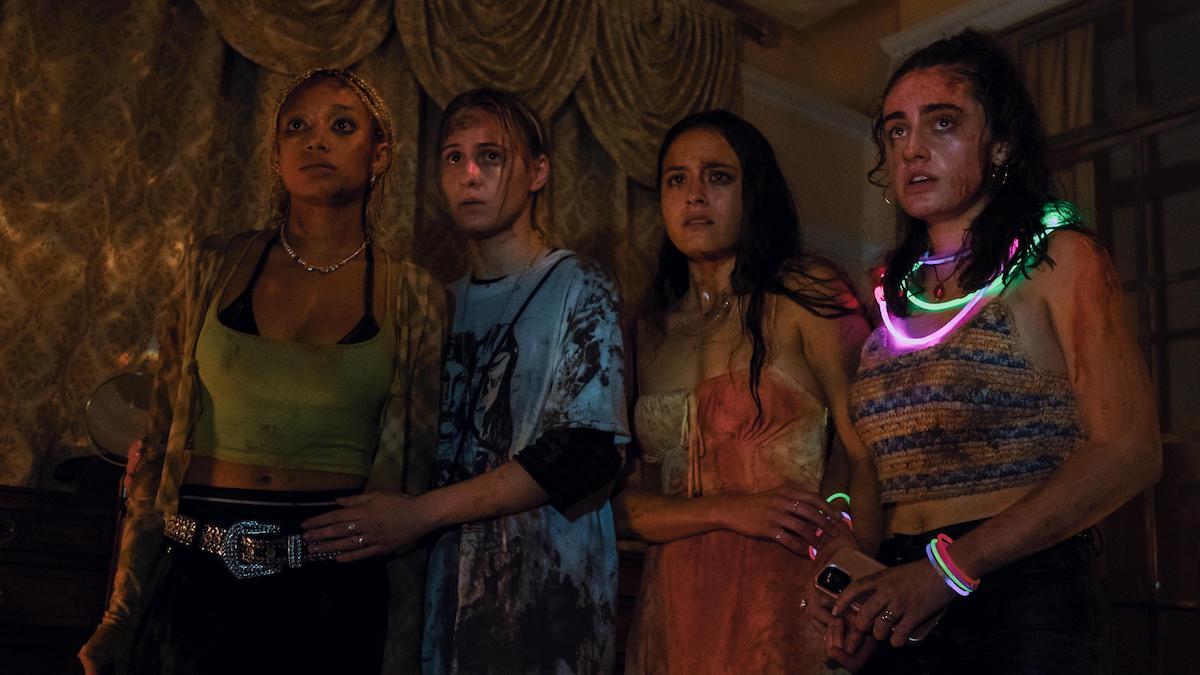The Menu (2022)
Through The Menu’s gradual descent to gastronomical madness, Mark Mylod crafts a biting horror satire of up-class foodie culture full of all its recognisably niche archetypes, plunging one group of wealthy restaurant goers into the twisted mind of a resentful chef determined to inflict upon them the disturbing consequences of their arrogant, commercialised pretension.

